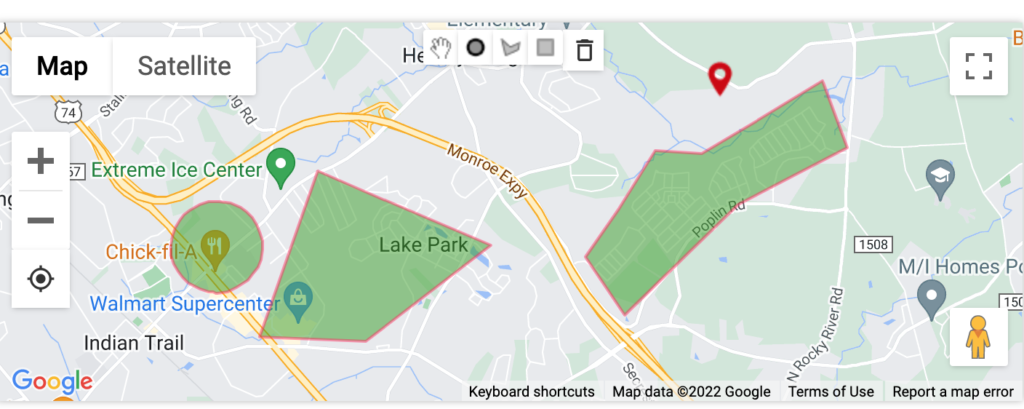Are you looking for new ways to enhance your digital marketing strategy? Geofencing might be the solution you’re searching for! Geofencing is a location-based digital marketing tactic that allows businesses to target prospective customers in specific geographic regions. Creating geofences is an effective marketing tool that has transformed the way businesses interact with consumers. In this blog post, we’ll be discussing the top 10 ways businesses can use geofencing to take their marketing strategy to the next level.

10 Ways Marketing Teams Could Be Using Location Data with Geofences
- Target customers in a specific area: Geofencing allows advertisers to target customers based on their location. By creating geofences or virtual boundary using GPS or RFID technology, businesses can send targeted programmatic ads to potential clients in a particular geographic region. For example, a restaurant can use geofencing to target customers within a 10-mile radius of its location.
- Enhance the customer experience: Geofencing doesn’t merely limit itself to promoting products. Companies can use geofencing to enhance the customer experience by sending location-based information, updates to promotional events & offers, etc.
- Shape consumer behavior: Geofencing can help companies shape consumer behavior by enticing consumers to react in a particular way. For example, a retailer can create a geofence alerting customers about a nearby store with a sale or offering a discount code for mobile customers within a particular region.

- Measure offline foot traffic: Geofencing can assist in measuring offline foot traffic. Companies can track the number of consumers who visit their store after seeing their ad or promotional offers sent through geofencing.
- Personalized recommendations: Geofencing allows companies to send personalized recommendations to their customers, taking into account their previously searched products, and offering them similar products nearby.
- Competitor Target Advertising: With geofencing, businesses can also target consumers near or around their competing business or growing areas in their business. This will allow for promotions that are strategically placed to entice customers to visit the promoting business.
- Collecting Data: Businesses can further improve their targeted advertising by collecting data on their customers. Geofencing can help businesses understand a prospect’s movement patterns, their spending habits, and even their interests.
- Increase customer acquisition: Geofencing can be leveraged to achieve customer acquisition. By targeting the right demographics in specific locations, companies can generate leads by promoting products towards the right set of audience.
- Incentivized Advertising: Bt setting up geofences you can also help improve customer engagement with a brand or business by sending customers incentives in the form of loyalty rewards or promotional offers.
- Real-time communication: By using geofencing technology, businesses can send real-time messages, such as special promos and messages to enhance customer engagement, resulting in better relationship building with customers.
The impaction of location based marketing
Geofencing has revolutionized the digital marketing world by offering new and innovative ways to connect with customers. The above-mentioned points are a few of the major ways geofencing can be incorporated into a digital marketing strategy for businesses of any size. Utilizing geofencing enables businesses to target the right audience at the right location, while providing immense data collection opportunities and customer engagement. As more businesses adopt geofencing technology to their businesses, it’s undoubtedly a game-changer for the marketing industry.

